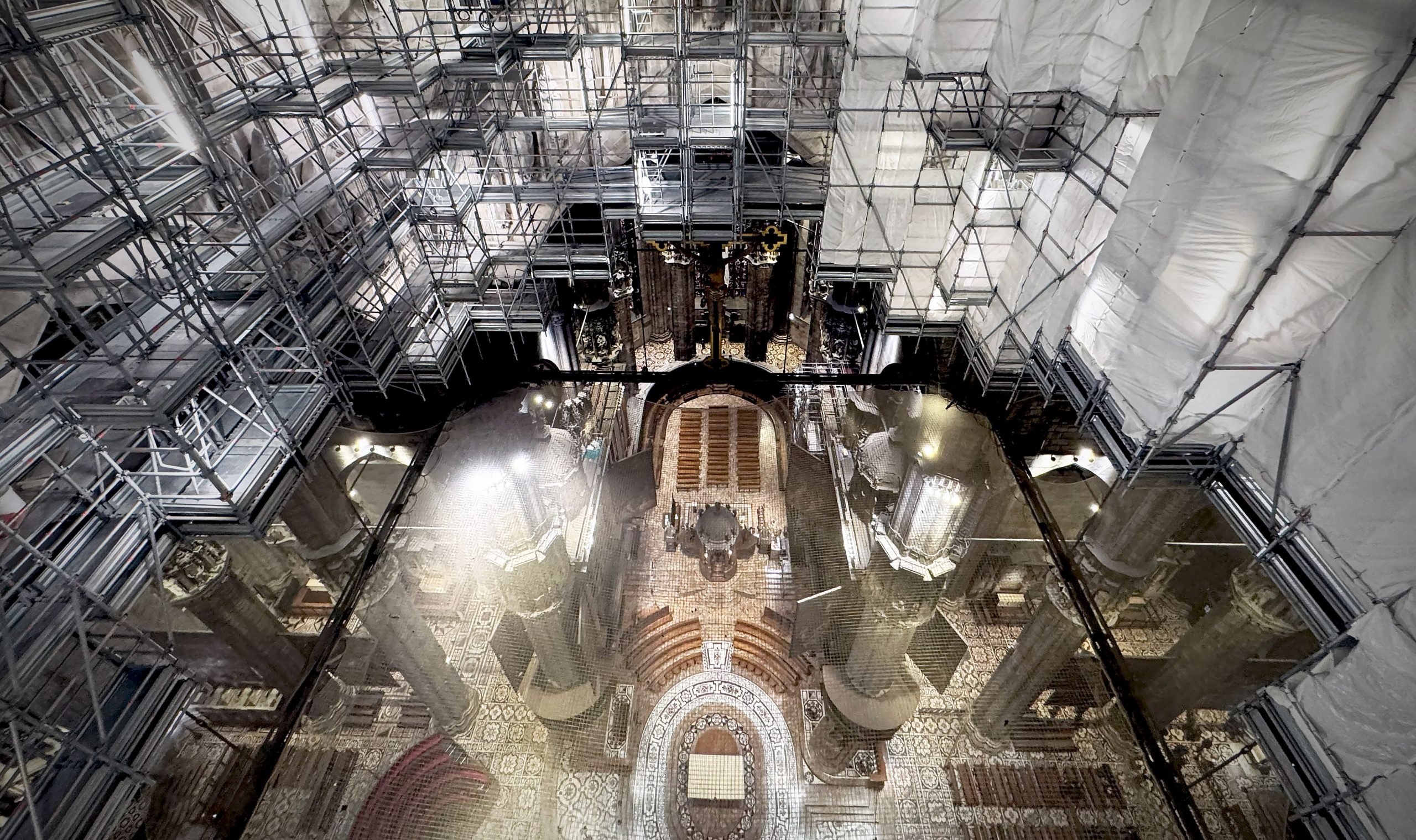Solemnity of St. Carlo Borromeo

Eucharistic celebrations at 7:00 a.m., 8:00 a.m., 11:00 a.m., 1:15 p.m., and 5:30 p.m.
7 a.m. to 7 p.m.
The 8:30 a.m. celebration in the Crypt is suspended
– 5:30 p.m. Pontifical Mass presided over by His Excellency the Archbishop
You can follow the 8:00 a.m. Eucharistic celebration and the 5:30 p.m. Pontifical Mass presided over by Archbishop Monsignor Mario Delpini in live streaming on this website (www.duomomilano.it) from the Duomo Milano TV YouTube channel.

Carlo was born in Arona on 2 October 1538 into the noble Borromeo family. After receiving a thorough legal education, at the age of 22 he was appointed Cardinal and shortly afterwards Archbishop of Milan; he played a major role in the final stages and conclusion of the Council of Trent (1562-1563).
Upon reaching his episcopal see in 1565, he devoted himself entirely to his pastoral mission. He worked with extraordinary energy to reform the Church, visited his immense diocese assiduously, and established seminaries for the training of clergy.
A man of admirable charity, during the plague he organised assistance for the sick, administering the sacraments to them.
He died on 3 November 1584.
As every year, on the occasion of the liturgical solemnity (4 November), the 52 large paintings (Quadroni) of St. Charles are displayed along the central nave and in the two transepts of the Cathedral.
The first cycle, dedicated to the life and works of the Holy Archbishop, was commissioned by the Veneranda Fabbrica, on the specific instructions of Cardinal Federico Borromeo, between 1602 and 1610. Entrusted to some of the greatest Lombard artists – including Cerano – and other lesser-known artists, it was created on the occasion of the beatification and canonisation of Charles Borromeo. The original project, consisting of 20 canvases, was subsequently expanded and completed with a further eight paintings between 1660 and 1740. These works include the two canvases depicting The Birth and The Glory of St. Charles, currently permanently located on the wooden cases of the organs.
The second pictorial cycle, consisting of 26 canvases smaller in size than the first, is dedicated to the Miracles of St. Charles and was created starting in 1609.


